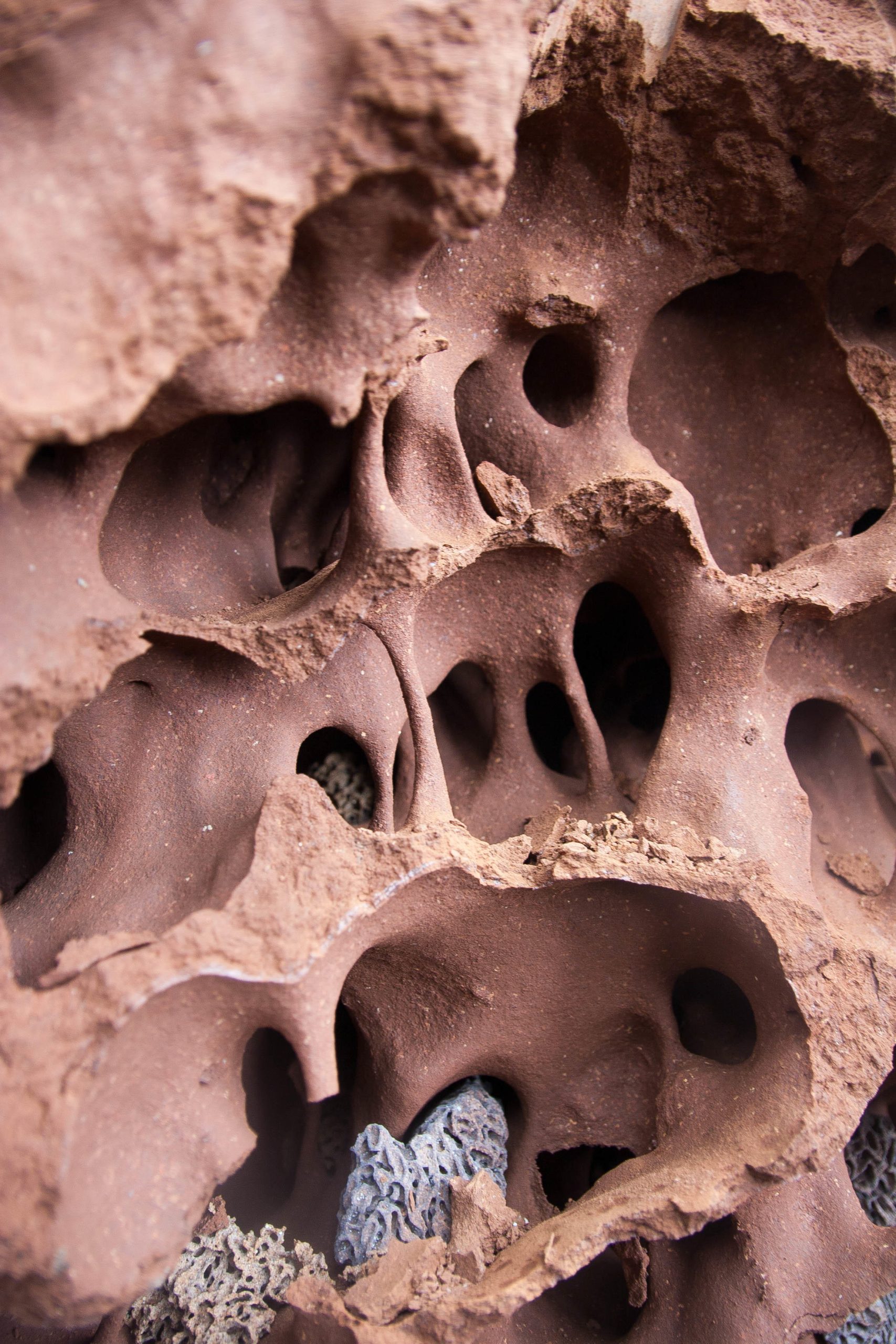Connect with us
Published
2 weeks agoon
By
admin
Researchers have discovered that the “egress complex” of termite mounds, particularly those built by Macrotermes michaelseni in Namibia, can inform the design of energy-efficient buildings. Termite mounds, reaching heights of eight meters, are sophisticated structures created over millions of years, serving as vital ecosystems. The egress complex, characterized by an intricate lattice of tunnels, allows air, heat, and moisture to flow efficiently, which can be adapted for human architecture to reduce reliance on air conditioning, thereby minimizing carbon footprints.
In their study published in Frontiers in Materials, Dr. David Andréen and Dr. Rupert Soar conducted experiments simulating airflow within a 3D-printed model of the egress complex. They found that specific wind frequencies enhance ventilation and facilitate the movement of respiratory gases and moisture. The results suggest that a structured interface similar to the egress complex can maintain indoor climate balance effectively.
The researchers envision future buildings utilizing technologies like powder bed printing to create similar complex structures. These innovations could lead to “living, breathing” buildings that self-regulate airflow and humidity, integrating environmental principles into modern architecture. This research, backed by several funding bodies, highlights the potential of biomimicry in sustainable design.


















